US Lighting Trends recently published an interesting article about why lighting reps keep increasing the number of manufacturers that they represent on their line cards. The article was written by Geoffrey Marlow of Marlow Advisory Group.
Lighting representatives today often carry over a hundred product lines, a notable increase from past decades, reflecting a strategic response to evolving market forces and changing specification practices. These factors have reshaped the representative model and strategic portfolio management has become critical to long-term success.
The widespread adoption of multi-name specifications—where multiple equivalent products qualify for a single project—has revolutionized how lighting projects are specified and procured. Representatives who carry several qualifying lines can effectively “stack the deck,” increasing their chance of participation regardless of which manufacturer is chosen. Yet this also introduces challenges as many “equals” in specifications are not truly equal, complicating bidding processes and value engineering. Representatives with broader line cards are therefore better positioned to adapt across stages of contractor, distributor, and customer decision-making.
Industry consolidation and LED market expansion have created a strong seller’s market for representation. The number of high-quality reps has declined, while manufacturers—particularly from Asia—are flooding the market. China’s LED manufacturing dominance, accounting for nearly 40% of the global share in 2024, and the rise of offshore suppliers offering U.S. warehousing and modification services have intensified competition. Representatives face continual solicitation from manufacturers, with even selective acceptance leading to expanding line cards.
Many firms build performance through extensive line cards rather than relying solely on high-caliber sales talent, which is difficult and costly to cultivate. A comprehensive line card positions a representative as a one-stop resource capable of fulfilling nearly any specification. However, optimal success arises when strong sales skills are combined with deep technical understanding and comprehensive offerings—an approach that amplifies both reach and credibility.
Multi-line representation offers avenues for profit optimization by managing pricing tiers, commissions, and manufacturer overages. Successful representatives allocate their sales efforts toward manufacturers offering the best customer support, product reliability, and partnership value. Today’s clients demand versatility across price, quality, and lead time, pushing reps to maintain flexible and strategically aligned portfolios.
There are, however, consequences to uncontrolled line expansion, including the risk of losing focus and performance quality. Representatives should apply diagnostic tests to evaluate line viability: knowing each manufacturer’s differentiator (Name Test), ensuring economic sustainability (Economics Test), maintaining mutual commitment (Commitment Test), rejecting defensive acquisitions (Anti-Shelving Principle), and confirming internal bandwidth (Capacity Test).
Successful reps balance diversification with focus. Carrying more lines can increase opportunity but may dilute relationships and understanding if unmanaged. The strongest representatives maintain discipline—curating portfolios that align with market needs, uphold manufacturer commitments, and leverage sales capability for sustainable advantage. The strategic question is no longer whether to carry many lines, but how to do so intelligently for mutual value creation across the lighting ecosystem.
The complete Marlow article in US Lighting Trends is available here.
Image above: Pexels.com






You must be logged in to post a comment.